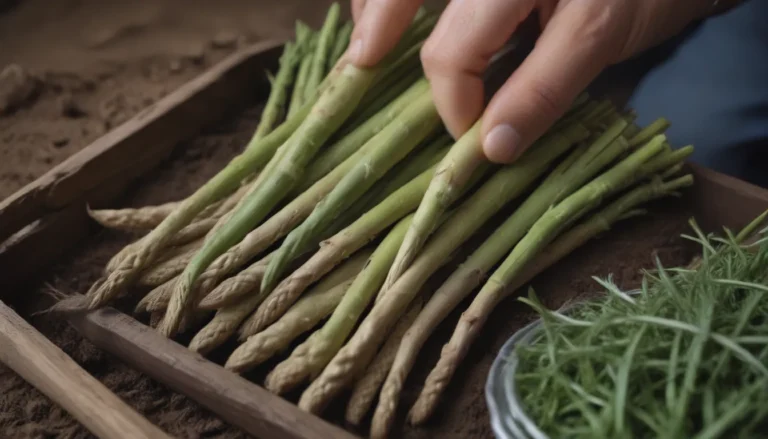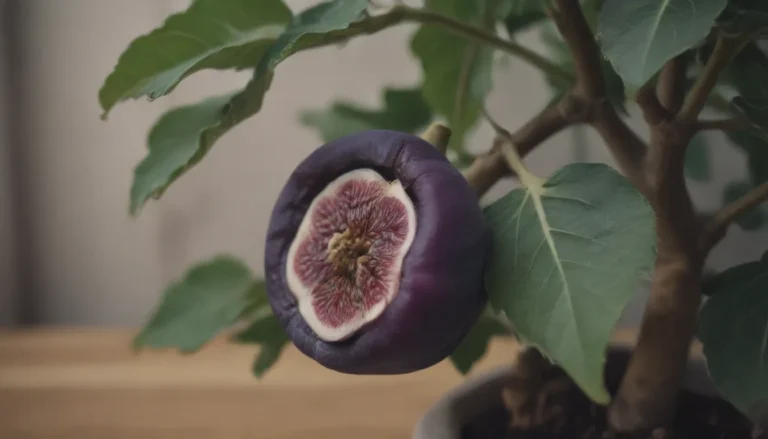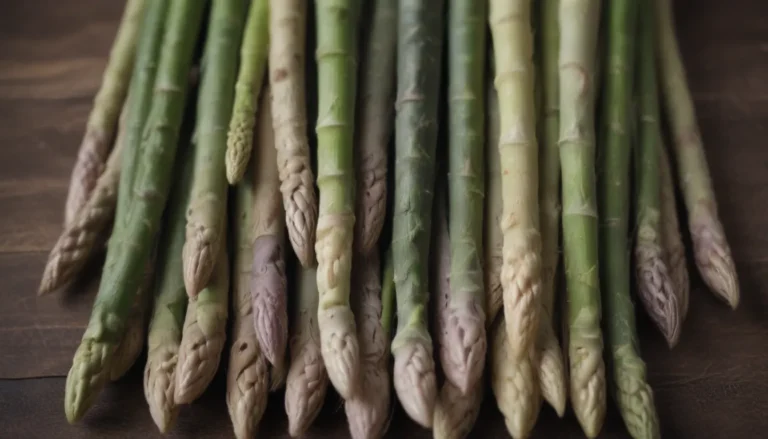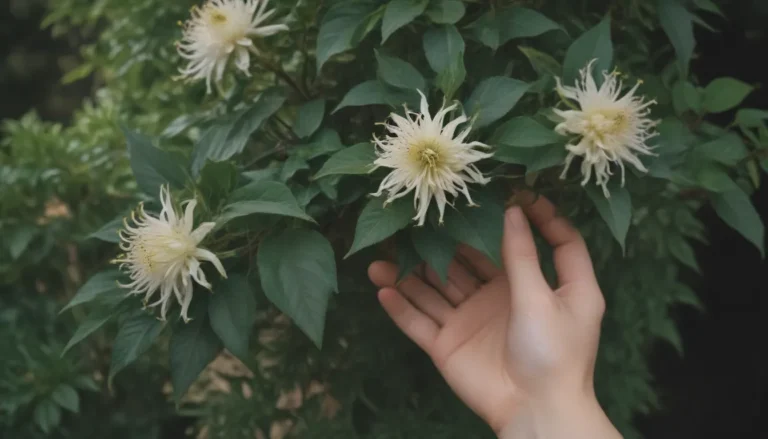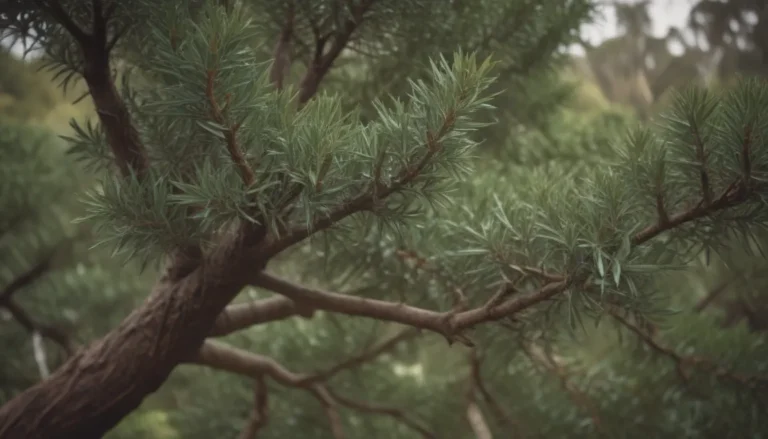Comprehensive Guide to Growing and Caring for New Zealand Flax
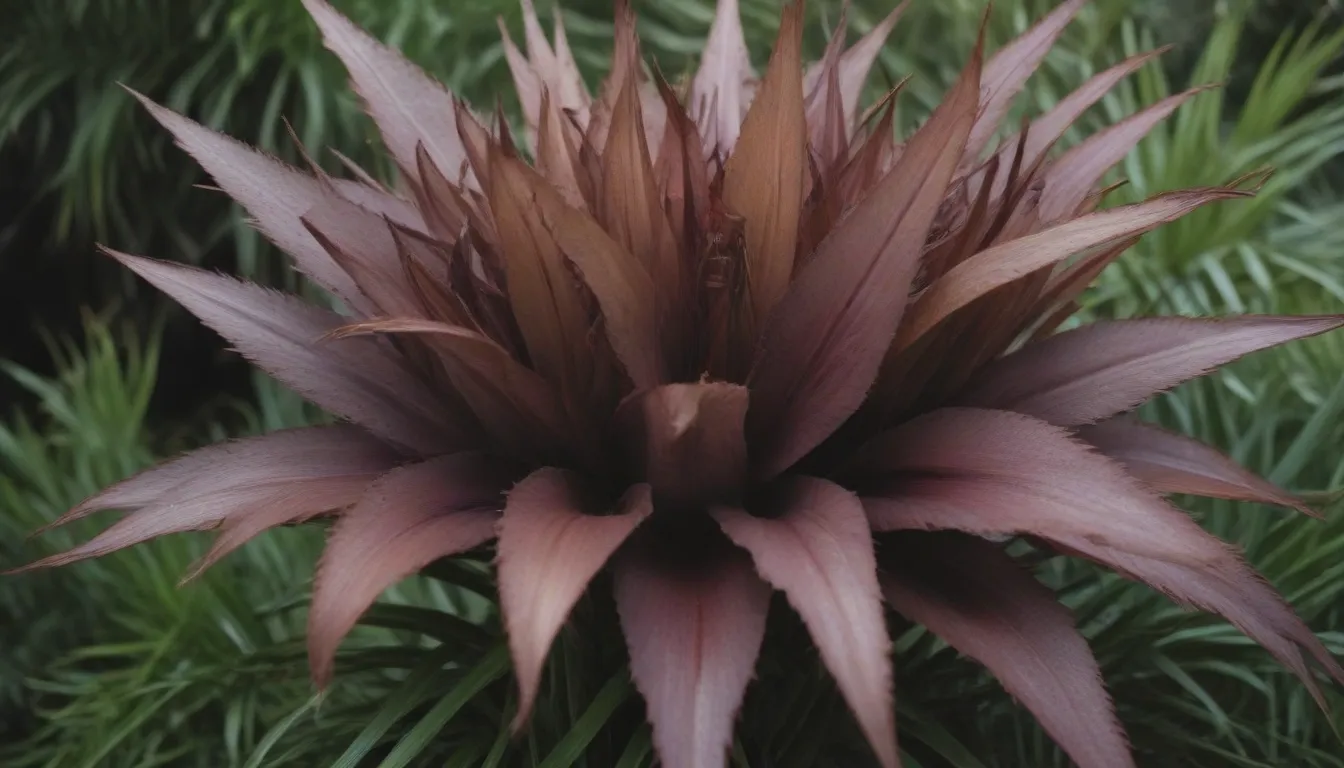
Are you looking to add a touch of spiky elegance to your garden or containers? Look no further than the stunning New Zealand flax (Phormium tenax). With its sword-like leaves in vibrant shades of yellow, pink, red, and bronze, this evergreen perennial is sure to make a statement in your outdoor space. In this detailed guide, we’ll explore everything you need to know to successfully grow and care for New Zealand flax.
Getting to Know New Zealand Flax
New Zealand flax is a slow-growing species that can take several years for small seedlings to reach their full size. These plants can vary in height, with some small enough to thrive in containers and others growing over seven feet tall. The flower stalks of mature plants produce striking red or yellow blossoms that hummingbirds love, making them a delightful addition to any garden.
Key Features of New Zealand Flax:
- Sword-like leaves
- Vibrant foliage in shades of yellow, pink, red, and bronze
- Slow-growing species
- Attracts hummingbirds with nectar-rich flowers
New Zealand Flax Care Tips
Light:
- Prefers full sun but can tolerate partial shade
- Hybrids may benefit from afternoon shade in hot climates to enhance leaf color
Soil:
- Thrives in well-drained soil
- Tolerates poor, non-fertile soil
- Can grow in slightly acidic or neutral soil
- Rich potting mix is recommended for container plants
Water:
- Requires about one inch of water per week in the garden
- Keep potted plants consistently moist but not soggy
Temperature and Humidity:
- Hardy in USDA zones 9 to 11
- Plants in zones 7 and 8 may die back in winter but can regrow if protected
- Cold-weather gardeners often grow them in containers that are brought indoors for winter
Fertilizer:
- Tolerant of poor soil and do not require frequent feeding
- Annual top-dressing with compost can provide nutrients and retain soil moisture
Popular Varieties of New Zealand Flax
New cultivars and hybrids of Phormium tenax are introduced regularly, offering a wide range of ornamental options for your garden. Some established favorites include:
- Phormium tenax ‘Bronze Baby’
- Phormium ‘Duet’
- Phormium ‘Jester’
- Phormium ‘Sundowner’
Pruning and Maintenance
Pruning:
- Best done in fall by removing dead or damaged leaves at the base
- Trim again in spring if winter damage occurs
- Cut back to the ground if plant appears dead, as roots may still be healthy
Propagating:
- Divide overcrowded clumps to create new plants
- Provides an opportunity to tidy up old plants and create more space in the garden
Growing from Seed:
- Warm temperatures above 60 degrees Fahrenheit are needed for germination
- Thin out seedlings to allow room for growth
Potting and Repotting:
- Suitable for container planting
- Rich, organic mix is preferred
- Ensure proper drainage to prevent waterlogging
Overwintering:
- Cold hardy in appropriate zones
- Mulch beds in colder zones to protect plants during winter
Common Pests and Diseases
New Zealand flax may be susceptible to pests and diseases such as:
– Mealybugs
– Fungal leaf spots
– Mites
– Whiteflies
Use horticultural soaps and oils to treat infestations in indoor plants.
Fun Facts about New Zealand Flax
- The Maoris of New Zealand used Phormium for making linen clothing, ropes, and baskets.
- The plant is named for its resemblance to true flax, known for its textile uses.
In conclusion, New Zealand flax is a versatile and visually striking plant that can enhance any garden or outdoor space. By following the care tips outlined in this guide, you can enjoy the beauty of these spiky perennials for years to come. Experiment with different varieties and let your creativity shine as you incorporate New Zealand flax into your landscaping plans. Happy gardening!
